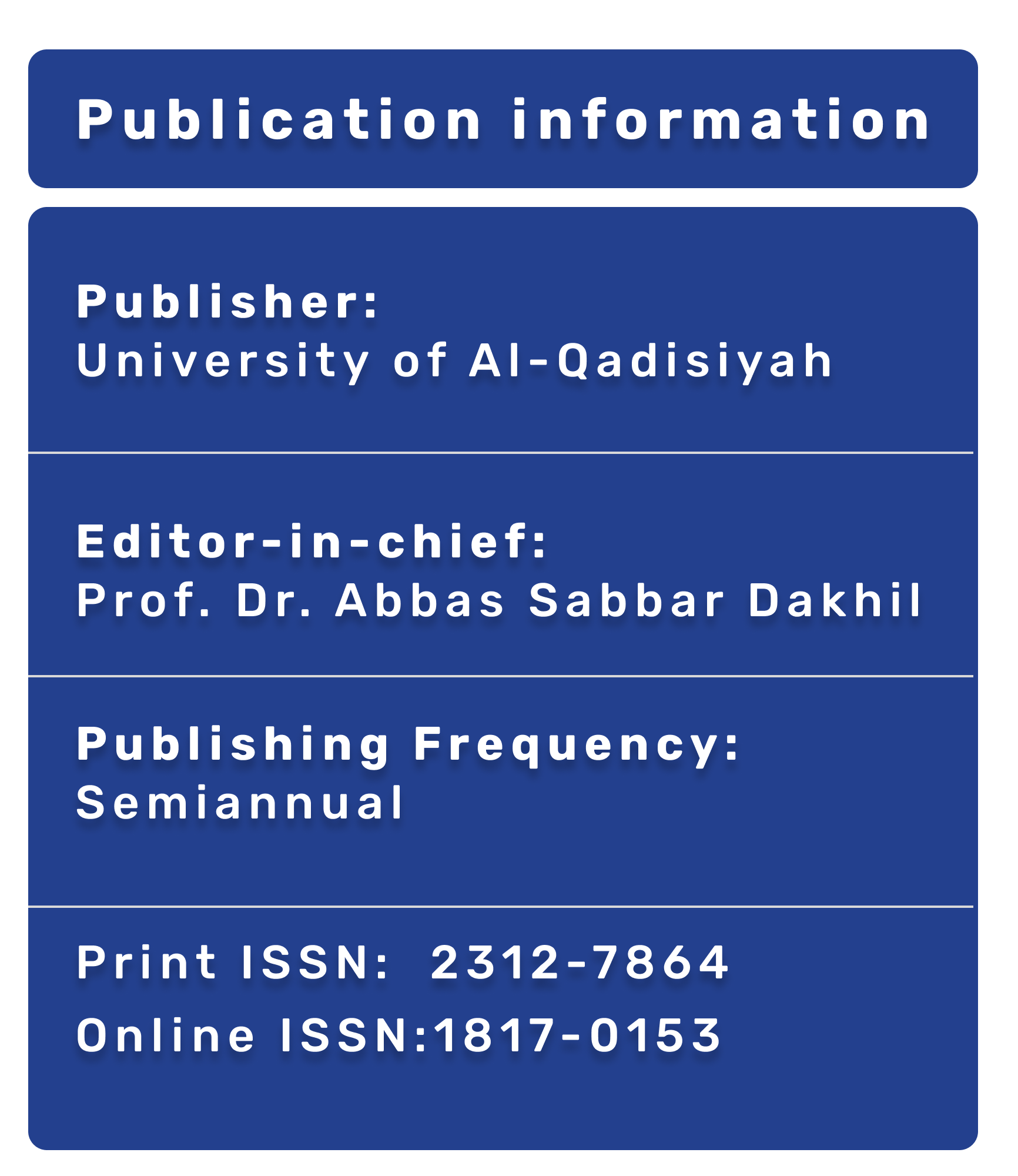UNVEILING THE THERAPEUTIC POTENTIAL OF CRISPR-CAS9 TECHNOLOGY IN THE CORRECTION OF SCD GENE MUTATION.
Abstract
Sickle-cell disease (SCD) is a genetic disorder characterized by a mutation in the HBB gene. This mutation leads to abnormal hemoglobin production. CRISPR-Cas9 is a gene- editing tool that holds promise for correcting this mutation. This review explores the fundamental principles of CRISPR-Cas9 but it also considers the associated ethical concerns. The author furthermore explains how CRISPR-Cas9 differs from more traditional gene-editing therapies. Additionally, we provide an overview of the current research landscape. The focus of this review is on therapeutic applications of CRISPR- Cas9 for SCD.
With the help of a hypothetical experiment the author illustrates how CRISPR-Cas9 can be used to edit patient-derived hematopoietic stem cells (HSCs) to produce healthy red blood cells. We examine the potential of this approach to restore normal hemoglobin function. Current treatments for SCD such as hydroxyurea and blood transfusions offer only limited symptomatic relief. Hematopoietic stem cell transplantation (HSCT) is curative yet remains limited by donor availability and associated risks. This is where CRISPR-Cas9 offers a novel and direct approach to correct the underlying genetic mutation.
We conclude by emphasizing the transformative potential of CRISPR-Cas9. Examples of its transformative capacity in a quest for personalized medicine are being given.




